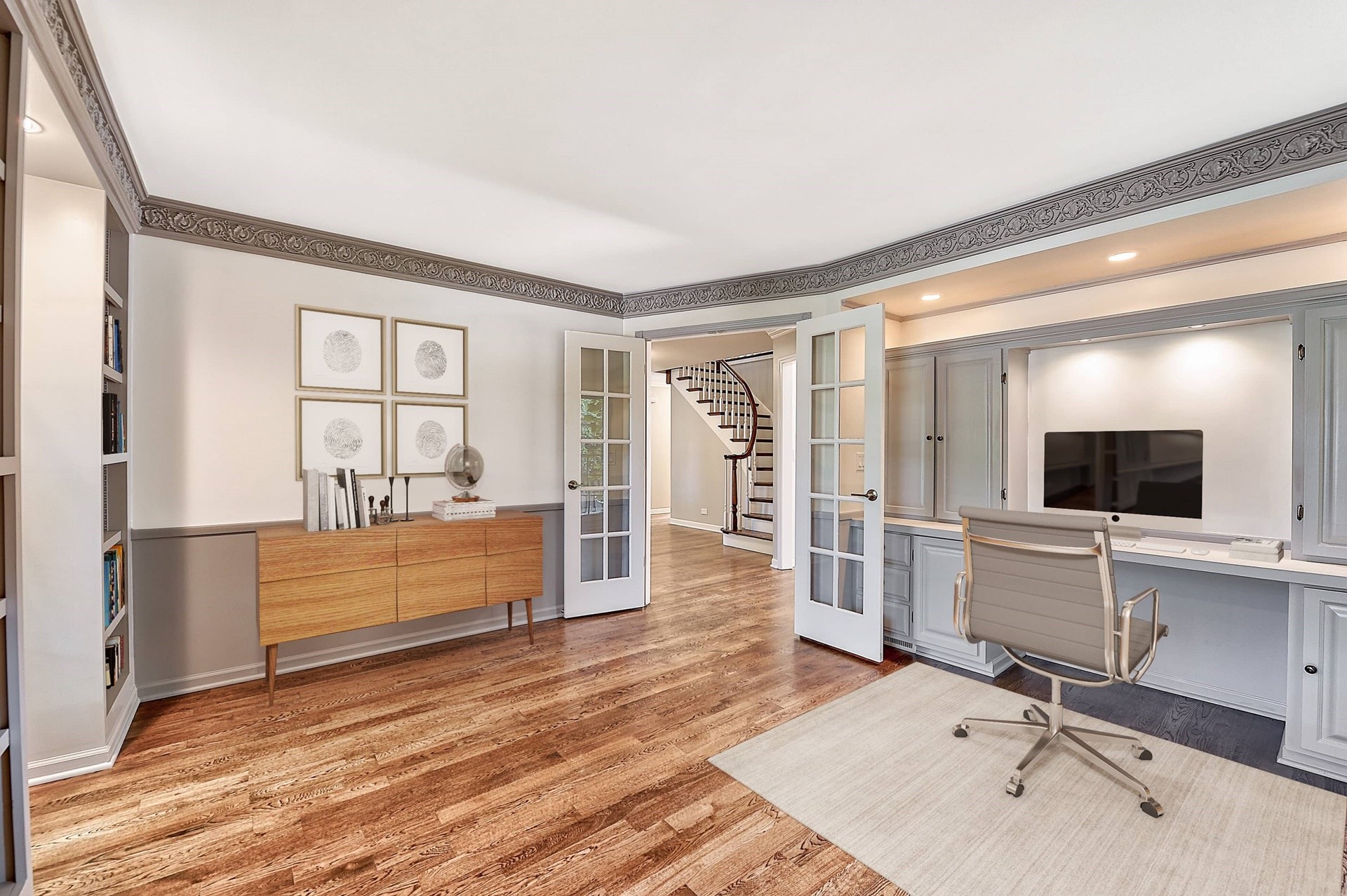Choosing the Right Virtual Staging Company: A Key to Real Estate Success
In today’s digital-driven real estate market, virtual staging companies have become essential partners for agents, developers, and property owners looking to make a strong first impression online. With the majority of home buyers beginning their search on the internet, high-quality visuals are no longer optional—they’re a requirement. Virtual staging companies use advanced graphic design or AI technology to furnish empty spaces digitally, helping potential buyers visualize a property’s full potential without the high cost of traditional staging.
Virtual staging companies offer a variety of services that go beyond simply adding furniture to photos. Many provide style customization options, allowing clients to choose from themes like modern, Scandinavian, farmhouse, or luxury to match the target demographic. Others offer additional enhancements such as virtual renovations, floor plan edits, or twilight effects to elevate the visual appeal of listings. These features are designed not just to decorate, but to strategically market a property and create emotional engagement with viewers.

One of the major advantages of working with virtual staging companies is cost efficiency. Physical home staging can be a significant investment, often costing thousands of dollars and requiring ongoing maintenance. In contrast, virtual staging typically costs between $25 and $100 per image depending on the complexity of the work and the provider’s pricing model. Many companies also offer bulk discounts or packages for multi-room staging, making it a practical choice for larger listings or developers with multiple units.
Speed and flexibility are additional reasons to consider best virtual staging service. Turnaround times are often within 24 to 72 hours, depending on the provider and the number of images. Unlike traditional staging, which can take days to arrange, virtual staging allows sellers to get listings online quickly. Plus, revisions and updates are easy to request, whether it’s changing the design style or adding decor elements to better suit a particular buyer profile. This agility can be especially useful in fast-moving markets where timing is critical.
When selecting a virtual staging company, it's important to consider a few key factors: the quality of their portfolio, turnaround time, design variety, and customer support. Some companies focus more on speed, while others emphasize hyper-realistic rendering and custom design. Reading client reviews, requesting sample images, and reviewing before-and-after galleries can help in making an informed decision. Also, ensure that the company clearly indicates in the final images that they are virtually staged, as transparency is essential in maintaining buyer trust.
In conclusion, virtual staging companies have become powerful allies in the real estate world, helping to enhance property listings, attract more buyers, and reduce time on the market. They offer an effective blend of creativity, technology, and marketing insight—delivering value that extends far beyond the initial cost. As the demand for online-first real estate experiences continues to grow, choosing the right virtual staging partner can make all the difference in standing out in a crowded marketplace and achieving a faster, more successful sale.
Comments
Post a Comment